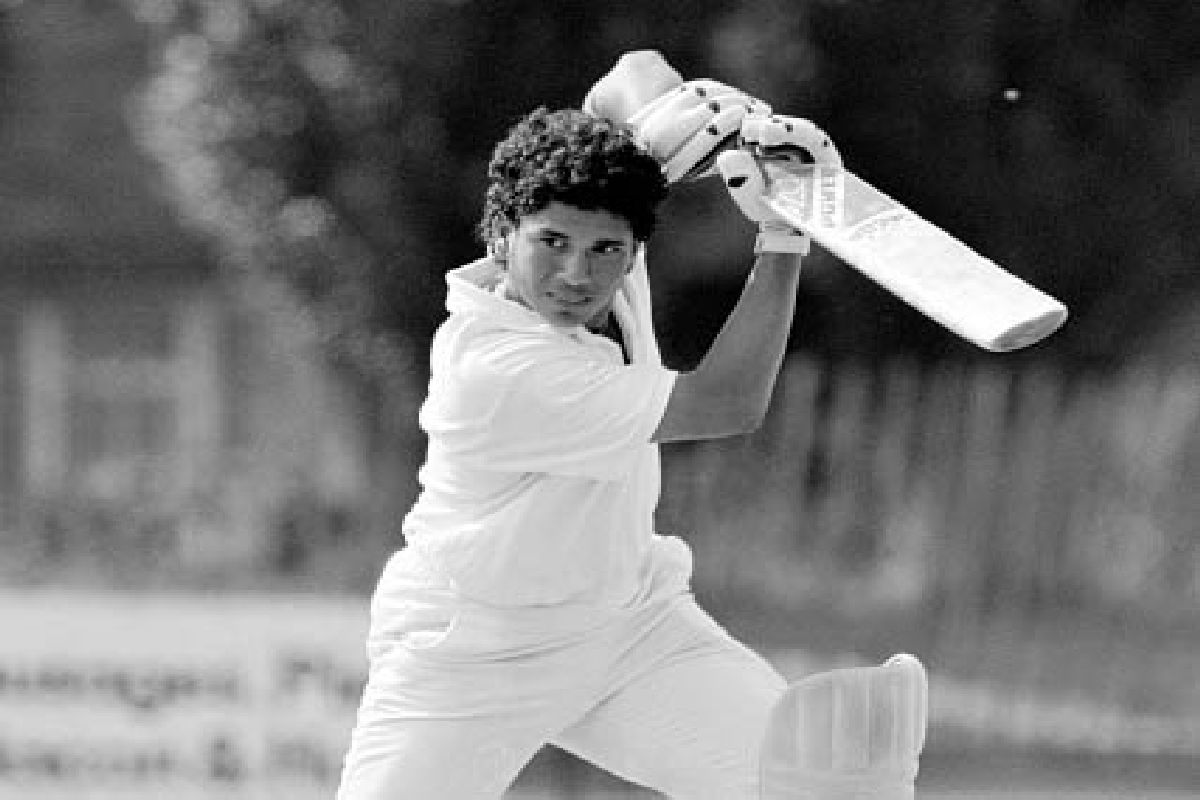IML 2025: Sachin & Yuvraj reunite after a decade against Sri Lanka
Two of India's greatest champions, Sachin Tendulkar and Yuvraj Singh,are set to reunite on the field after a decade, donning the iconicIndia blues once again.
There were indignant people who asked why the game was being commercialised.

Sachin Tendulkar (FIle Photo: IANS)
And Sachin Tendulkar said, ‘Let there be hype,’ and there was hype. So much so, truth to tell, that a very interesting point made subsequently by a not-so-iconic character in a very run-of-the-mill media colloquy came quite amusingly to be relegated to the customary pad-it-up blabber that would make up the bulk when the ambitious hack aimed high, which was the top of the page.
So much for how the media was warming up for the current World Test Championship final, though well might what was suggested would resonate beyond it.
Advertisement
An impressive array of former cricketers, mostly Indian, had been left disappointed that one solitary match would decide the global tournament played over a long period, but there was someone stepping a little aside from them loudly to wonder why the high-ups hadn’t gone for a timeless Test considering the game’s determinant importance.
Advertisement
“Everybody wants a conclusive result” is presumably the idea that underlies the argument. A draw followed by the sharing of the trophy is deemed somewhat anticlimactic.
It cannot really be said with any measure of certainty that the International Cricket Council considered it before announcing the dos and don’ts pertaining to the match ~ would time-conscious television have welcomed such a proposal with a whoop and a holler, dancing all the while on the tips of its toes? ~ but the direction-pointing can indeed be a spur for going back in time to try and find out why timeless Tests were moved on from.
There had been some 99 of them between 1877 and 1939, or thereabouts, when the practice stopped. Scheduling complications were a major reason for that, and while Australia was all for them, with the experiment being extended to its domestic cricket as, strange as it may seem today, paying people loved these, England had its strong, ideological reservations.
There were indignant people who asked why the game was being commercialised.
They also pointed out that teams were meant to try and outscore one another within a stipulated time ~ and not carry on ad nauseam.
To win the toss in a timeless Test was to be ahead by some 100 runs, given half-decent batting, it was said.
Whether organisational convenience won the battle, or ideology held the edge in an innocent, pre-television era might be hard to specify today, but a sidelight was Hoary Antiquity’s firm refusal to think poorly of inconclusive endings. And a lot of great matches have indeed finished with the teams staying equal without gumming up the world’s everyday wheels or causing cataclysms.
“Some of the best contests which it has been my pleasure and privilege to play in and to witness,” Ranjitsinhji wrote in 1903, “have been those wherein the weaker eleven has struggled gamely to avoid defeat and the stronger one has striven its uttermost to bring the game to a definite conclusion within the allotted period.” He was leading Sussex at the time.
Advertisement